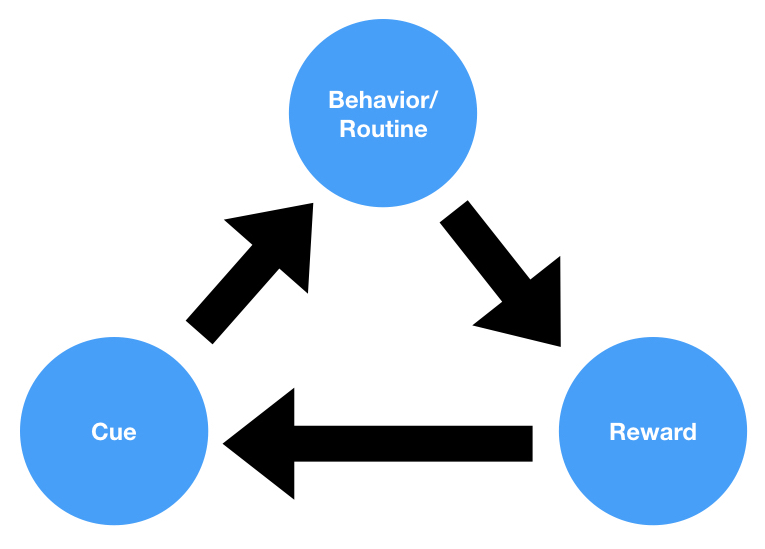Changing behavior is, first or foremost, the process of applied empathy. Your goal as a behavior designer should be to understand your target audience better than they understand themselves. You should strive to learn what they like, what they dislike, how they conceptualize the world, how they start their days, what they do for fun, what they’re afraid of, what they value above all else, etc. Only from a place of true and total understanding can you come up with products and solutions that make their lives better and get them to change their behavior in a sustainable way.
This short writeup is going to lay out the different things that it’s important to gain an understanding of when you’re starting a behavior design project. It will be presented as a blank profile with different fields that need to be research and filled in.
We are creating a profile for the prototypical member of the user/customer group you’re focused on. If you have a large and diverse user/customer group, it’s useful to do this multiple times. This is already common practice in the user research/UX world. This would be called creating multiple archetypes/personas.
-
Age (can be listed as a range)
-
Location (if geographically colocated)
-
Type of location (city, rural, etc.)
-
Family situation (single, married, children, no children, etc.)
-
Daily schedule
-
What does a day in the life look like?
-
Morning (wakeup until noon)
-
Lunch
-
Afternoon (1PM to 6PM)
-
Evening (6PM to bedtime)
-
Bedtime
-
-
-
Current life goals
-
Examples:
-
Saving for college for children
-
Making partner at firm
-
Creating side business
-
Getting JD, MBA, PhD
-
Starting a family
-
-
-
Current fears:
-
Examples:
-
Not being able to lose weight
-
Not being able to afford grad school
-
Not being able to afford rent, having to move
-
Disease (cancer, heart disease, etc.)
-
Not meeting someone to have a relationship with
-
-
-
Core products/services in life:
-
Examples:
-
Netflix
-
Amazon Prime
-
Kroger
-
Tesla
-
Walmart
-
Etc.
-
-
-
Likes:
-
Dislikes:
-
Skills and Talents:
-
Any particular skills or talents?
-
-
Social life:
-
How many friends?
-
How often do they see their friends?
-
Family:
-
Are they close to their extended family and parents?
-
Do they have a family of their own? If so, what does it look like?
-
-
-
Personality:
-
Create a HEXACO profile
-
Create a simple profile:
-
Are they social or more introverted?
-
Are they driven to accomplish things and pursue goals or are they more stoic and unmotivated?
-
Are they empathetic and caring or more hardened and selfish?
-
Are they anxious and fearful or carefree and relaxed?
-
Are they organized and disciplined or adaptable and flexible?
-
Are they imaginative and creative or more traditional and straightforward?
-
-
-
Values and beliefs:
-
Can use Haidt’s Moral Foundations
-
Or just list core values and beliefs for this person/group
-
You can create a profile like this quickly, or spend weeks and months creating one that’s truly robust and detailed. If you’re creating one for yourself, you can do it in less than an hour. If you’re doing it for a large user/customer group that you know nothing about, it can take months. The key thing to understand is that this work is critical for choosing appropriate and effective behaviors.





